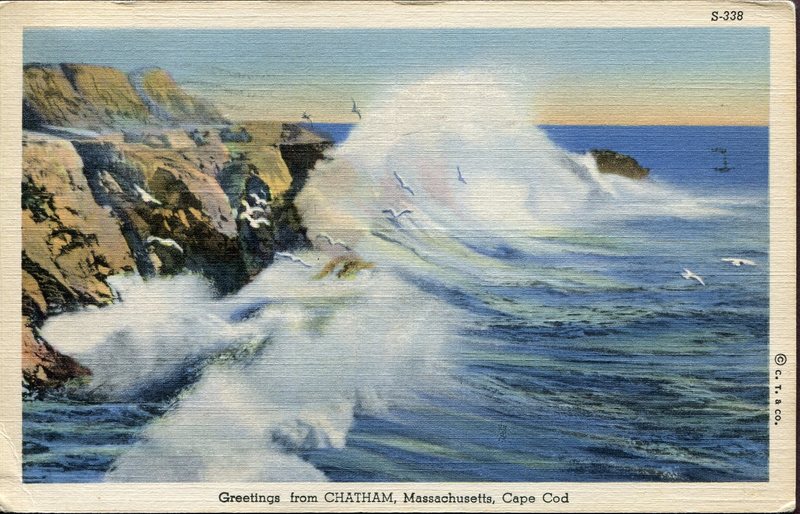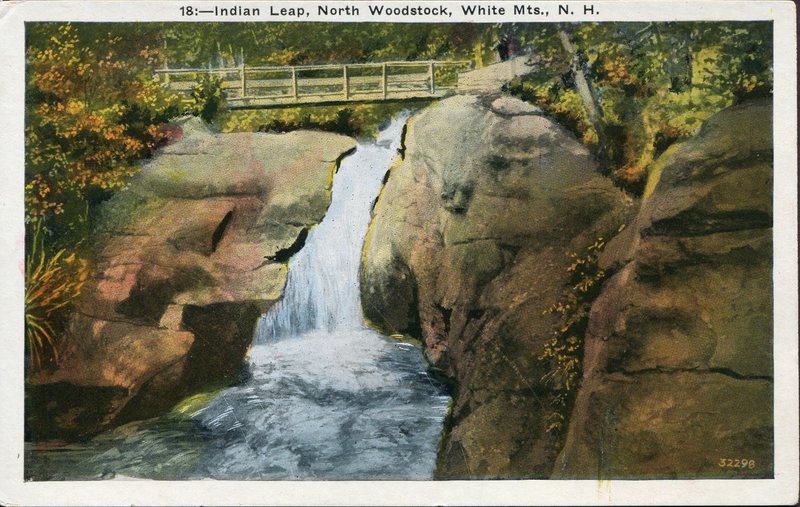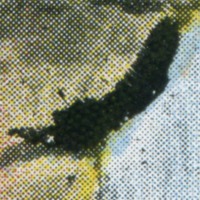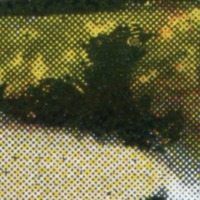Retouching
Retouching was a major part of postcard production, especially for manufacturers such as Curt Teich & Co., whose extensive retouching department is featured in the photograph on the right. However, Teich was by no means alone in this practice. The photographs that formed the basis of postcard images underwent a wide range of modifications before the final image for the card was produced. For Curt Teich, "detailed job files for thousands of linen cards . . . reveal manipulations ranging from basic cleaning up or simplifying of images to major transformations with definite ideological intent."1 These manipulations could be additive, as was the approach that Teich commonly took when making "the most ordinary local landmarks" appear interesting with "generic scenes" appropriate to the local geography, such as waves crashing along a coastline.2 Postcard printers typically used decals to make simple additive alterations.3 It is likely that some, if not most or all, of the seagulls in the Greetings from Chatham postcard (below) were added to the photograph by Curt Teich & Co. with a decal before it was sent off to print as a postcard. More complex additions, such as clouds in the sky, were done by the hand of an "artist."
In many other cases, the alterations that manufacturers made to photographs were subtractive, taking elements out of the original photo. Sometimes these subtractions were relatively harmless or used as a way to simply update an older photograph (e.g., removing an "old" car and replacing it with a more contemporary one). However, some subtractions eliminated important ethnic details and people, oversimplified subjects, and perpetuated stereotypes.4 Likewise, additions to postcards often perpetuated stereotypical views of places and prevailing middle-class ideologies of the time.5
Other simpler alterations, such as cropping, enlarging, and changing colors, were extremely common. Many of these changes are difficult to discern unless you have the original photograph that the postcard was based upon, or unless you have multiple copies of (seemingly) the same postcard. However, some alterations are fairly easy to spot through the close examination of a postcard.
Returning to the tinted halftone Indian Leap postcard (left), a magnification of the edges of the waterfall (Fig. 1) and the darker foliage (Fig. 2) reveals that these areas were definitely colored in by hand, rather than being applied with a plate. The black in these areas seems to be laying over all of the other colors, including the black key plate, standing out in almost a different dimension from the rest of the image. Even closer magnification reveals some of the strokes of black in the foliage, which certainly sets this black apart from the dots of the halftone key plate.
Footnotes
- Jeffrey L. Meikle, Postcard America: Curt Teich and the Imaging of a Nation, 1931-1950 (Austin: University of Texas Press: 2016), 8.
- Ibid., 44.
- Alan Petrulis, "Guide to Variations in Printing," MetroPostcard.com, http://www.metropostcard.com/guidevariations.html (accessed August 31, 2018).
- David Prochaska, "Exhibiting the Museum," in Postcards: Ephemeral Histories of Modernity, ed. Jordana Mendelson and Prochaska (University Park: The Pennsylvania State University Press, 2010), 110-111. Prochaska has a powerful analysis of how the alterations Curt Teich & Co. made to their Hawaii postcards emphasized Hawaii's exoticism and contributed to the whitewashing of its history, particularly the United States' colonization of Hawaii.
- Meikle, 4-8.
Image Credit
Unknown photographer. "Teich Art Department." Photograph. ca. 1910 - 1950. Record Group 4, Box 2, Folder 1, Curt Teich Co. Records, The Newberry Library, Chicago, Illinois. JPG file.




